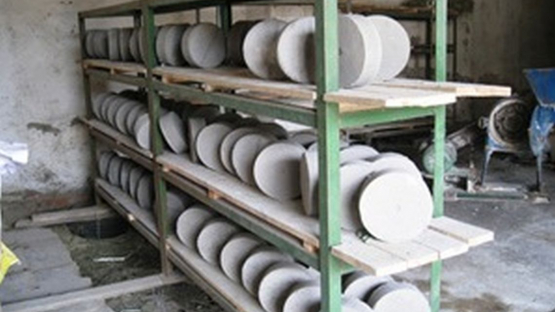Another important TAD is peste des petits ruminants (PPR), a highly contagious disease of sheep, goats and wildlife. With morbidity and mortality rates as high as 90-100% and 70-80% respectively in susceptible flocks, PPR can have a devastating impact on productivity. The disease ranges from Morocco to Tanzania in Africa, most of the Middle East, and several Central Asian countries and China. In the past PPR was overlooked because it was often confused with pasteurellosis or rinderpest, which it resembles clinically. The development of new, more sensitive and specific diagnostic tests, notably nucleic acid-based amplification techniques, has revealed a truer picture of the disease. Hence the number of PPR cases reported to the World Organisation for Animal Health (OIE) has dramatically increased over the past 10 years. Since small ruminants are the major livestock species kept by many of the worlds poor, it is vital that control of PPR should be integrated into poverty alleviation policies. Thus, in 2010, PPR was ranked by Chief Veterinary Officers as the most important livestock disease in the East African region. However, specific and sensitive nuclear related diagnostic tests are essential to enable the efficient control of PPR. This issue is being addressed by the IAEA coordinated research project (CRP) entitled “The Early and Sensitive Diagnosis and Control of Peste des Petits Ruminants (PPR)” (CRP D3.20.26) with the overall objective to develop, validate and transfer to MS sensitive, specific and rapid tests for the diagnosis of PPR to help them better manage and control the disease.
A specific objective was to evaluate and validate the gene amplification, reverse transcriptase-PCR (RT-PCR), method used in diagnosis. The outcome of an inter-laboratory proficiency ring-test, on the use and application of the RT-PCR technique organized by APHL showed that there was a clear need for counterparts to improve their implementation of the test. APHL has provided the necessary support to correct the problem and another ring-test is planned in 2011 to check for improvements. The isolation of PPRV from pathological samples into in-vitro cell culture is problematic and in most cases virus isolation requires many blind passages, taking several weeks. In a major advance for isolating the virus, last year APHL developed a new cell line by integrating the PPRV receptor gene of goat origin, into a monkey cell line. With this new cell line, PPRV can be isolated in less than one week. More recently, the PPRV receptor gene has been integrated into the genome of other cells including canine macrophages, sheep skin cells and goat kidney cells. Initial tests showed even greater improvement in isolation although the differentiation between infected and non-infected cells was difficult in the case of the canine macrophage cells.




